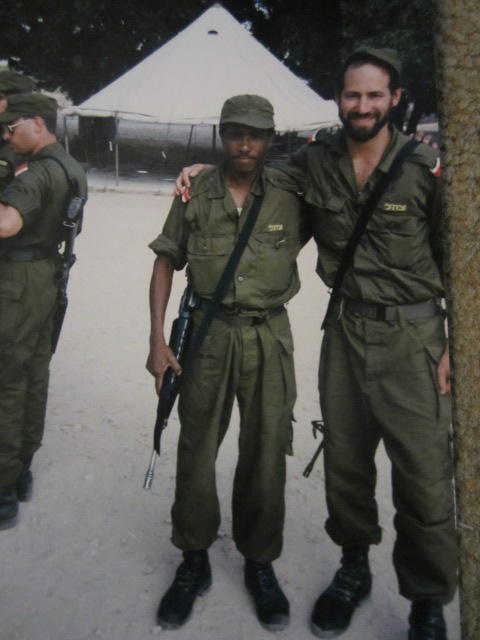Martial Arts and Culture
By Moshe Katz, June 26, 2012
After years of training in many martial arts I realized that before you choose a martial art, you should understand a little about its country of origin and culture.
Why?
Two reasons
First, when a beginner takes upon himself a martial art, he often has no intention of adopting a new culture, yet this is often exactly what happens. You join the dojo to learn self defense and before you know it you are studying Japanese calligraphy and planning your first trip to the Land of the Rising Sun.
Anything wrong with this? No. But before you or your child sign up, be aware that this is a possibility, if not probability, and be sure you are comfortable with this.
Second, and the focus of this article, I believe you cannot properly understand any martial art unless you understand the culture that produced it, and I will point out that failure to do so could result in very serious consequences and possibly a waste of many years (or even your life).
I was at a seminar with Patrick McCarthy. He showed us two drawings, one Chinese and one Japanese. He asked us to guess which was Chinese and which was Japanese. We correctly guessed that the simple, direct one was Japanese while the elaborate one was Chinese. Then he said, "Now think about their martial arts, they reflect the same difference." Karate was simple and direct while most forms of Kung fu were more elaborate and 'flowery'.
He was correct, the cultural influence on art and on martial art were the same. What does this tell us? That the reason the 'old masters' did something was not necessarily because they were 'all knowing' but perhaps because that was how they interpreted martial arts, perhaps the move was simply a reflection of their culture and habits. As such perhaps we should not just imitate but rather analyze the move and see if it really suits our needs today. Other athletes are evaluating their training methods so perhaps we should too.
Just a few examples of cultural influence.
Thai Boxing – I entered a great Thai boxing gym in New York. The workout began with a long jump rope session. We jumped barefoot on a wooden floor. At the end of the session I could hardly move. It took me so long to cross the street on the way home that I was afraid I would get run over. Why did they jump barefoot on a wooden floor as compared to wearing proper athletic foot wear and jumping on properly padded floors? Because that is how the master did it in Thailand.
Common martial arts logic is; if that is how the old masters did it – it must be the best way. Problem here is they did not take the cultural aspect into account. Culture influences every aspect of martial arts. Why did the old master jump rope barefoot on a hard surface? Because that was all he had. He could not afford sneakers, he could not go to Footlocker and get the best footwear for his needs, he did not have a padded floor, he trained out doors on a hard surface. Did it make him tough? Yes, but he also ruined his body. If you plan on living a long life you might want to preserve your knees and shins. Bottom line, don't assume that everything the old masters did was best; they did the best they could with what they had. And so should we.
Judo – What is the cultural background here? Japan went through a period of national unification; an era of peace was achieved. The combat art of jujitsu was falling out of popularity. Jiguro Kano, an educator, feared that the many benefits of martial arts training would be lost. He decided to preserve the art by changing it to adapt to the times. He removed the deadly techniques and modified the style to become a sport, suitable for school kids and professional athletes. He dreamed that someday it would be an Olympic sport, as indeed it has. Once you understand this you realize that if you are training in order to defend yourself on the mean streets of the city, this may not be your best choice. So before you waste many years learning sport techniques, understand where this art comes from.
Krav Maga – Krav Maga was born on the battlefield and that is where it has remained. There are no sports aspects, or tournaments, much of the training is disconcerting to good peaceful citizens. In the military much of Krav Maga training does not even involve technique, just toughening you up, and lots of aggression. Now this may not be very commercial but remember the cultural aspect; this is not a commercial art, it is a combat survival art.
Bottom line, if you don’t understand the cultural aspect of a martial art, you will have a hard time really understanding the art. Sometimes I am criticized for 'bringing politics into the seminar or into the website', but my point is, if you want to understand krav maga you first must understand a little about Israel, the conflict, and the culture that produced it.
